Synthetic Diamonds vs Real Diamonds
Nowadays both real & synthetic diamonds are available for jewellery.
Diamonds are one of the most sought after gemstones in the world. An ultimate symbol of love while also representing wealth. Demand for diamonds continues to grow, for both making beautiful pieces of jewellery such as engagement rings and diamond stud earrings, but also for industrial purposes. Nowadays both real and synthetic diamonds flood the market so deciding whether to buy man-made or natural can be a difficult decision.
What are Synthetic Diamonds?
Synthetic Diamonds have the same chemical composition, crystal structure and physical properties as natural diamonds - the only difference is that they are laboratory grown. They are not considered to be fake, but they aren't natural. In the mid 1980s, manufacturers grew commercial quantities of synthetic diamonds to be cut and used for jewellery.
Whilst the aesthetics of synthetic and real diamonds appear extremely similar to the naked eye, what differentiates man-made diamonds to real is natural diamonds were formed over 3 billion years ago deep within the Earth's mantle. This makes natural diamonds not only remarkably special but a symbol of rarity and beauty.
How are Synthetic Diamonds made?
Over the last decade there has been a dramatic growth in the demand for synthetic diamonds. 110,000 tons of synthetic diamonds are being produced in laboratories a year for both industrial use and for jewellery. Man-made diamonds can be grown in a matter of weeks using one of two processes:
-
High Pressure, High Temperature (HPHT) - mimicking high pressure and temperature conditions of natural diamond formations in the Earth's crust.
-
Chemical Vapor Deposition (CVD) - This is a newer technique where diamonds are grown using moderate temperatures and very low pressures in a vacuum chamber. Hydrocarbon gas and hydrogen are mixed which release carbon atoms that then settle on the cooler.
Synthetic Diamonds vs Real Diamonds
When deciding whether to purchase a synthetic or real diamond there are various factors to consider. Synthetic diamonds are created with the same chemical and physical properties as real, but within laboratory in a matter of weeks. However, natural diamonds were formed billions of years ago, miles beneath the Earth's surface. Making the journey from the Earth's crust to your finger extremely special.
Natural diamonds are one of the hardest natural substances on Earth, making them extremely durable. Whilst some believe that synthetic are just as beautiful to the naked eye - there is a possibility that the process in which man-made diamonds are made can result in discolouration, cracks and visible lines in future.
Despite the increase in man-made diamonds in the industry, the demand for natural diamonds has also increased and more demand for higher quality stones. The value of a natural diamond will usually increase over time with inflation, whilst man-made diamonds are usually a product of supply and demand and can be lower in value.
How are Synthetic Diamonds Identified?
Synthetic diamonds are difficult to identify to the naked eye or even with a loupe. Specialised equipment is needed to examine the inclusions in the diamond - as those in a natural and synthetic diamond differs. The best way to find out if a diamond is man-made or synthetic is to ask the jeweller for the grading report. The Gemmological Institute of America (GIA) certificate will identify whether the diamond is synthetic.
At Diamond Heaven we pride ourselves on only selling only the highest quality of diamond, sourced ethically. If you need help or support picking the perfect piece of jewellery for a loved one or yourself to cherish - contact our helpful team or book an appointment at one of our branches today.



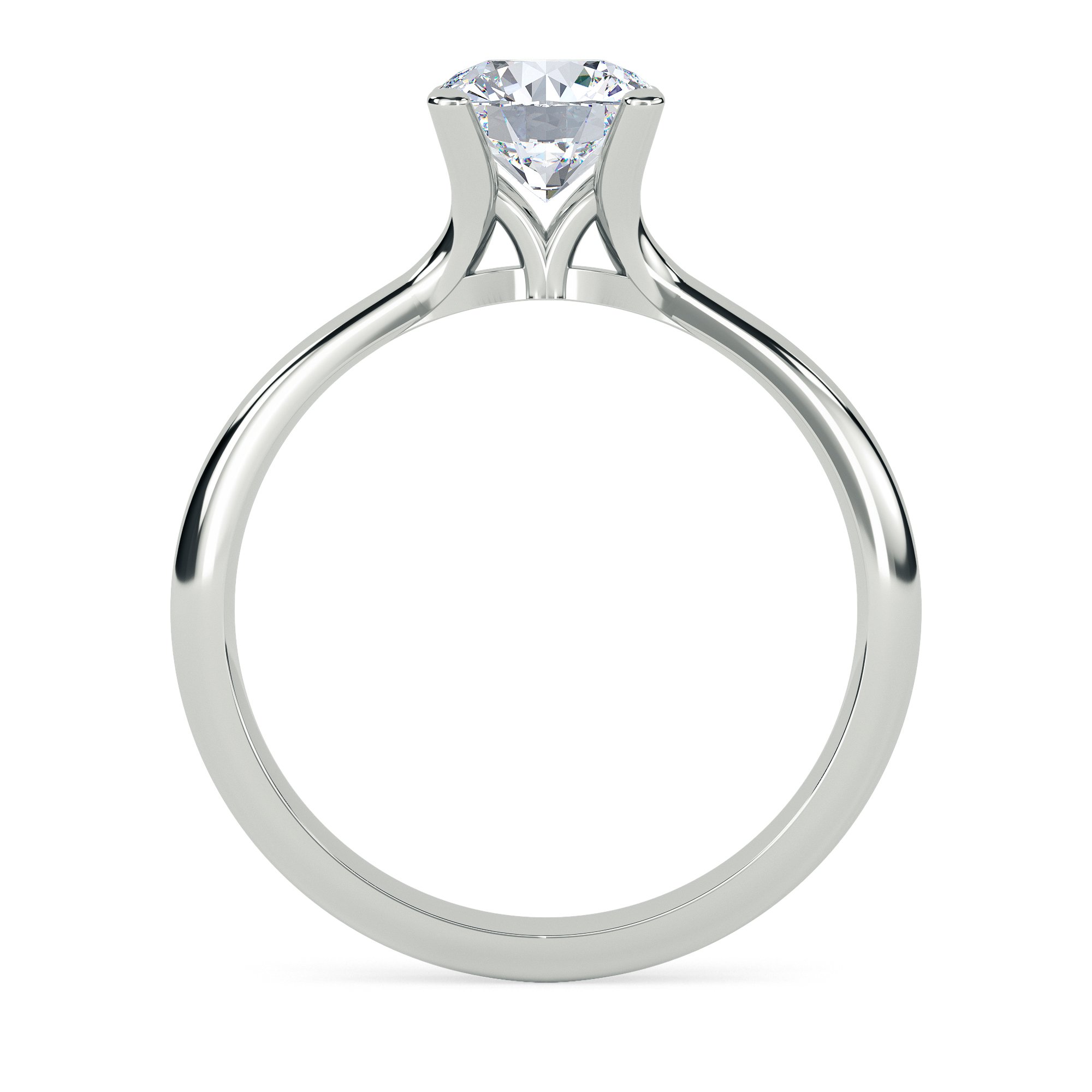
 Twitter
Twitter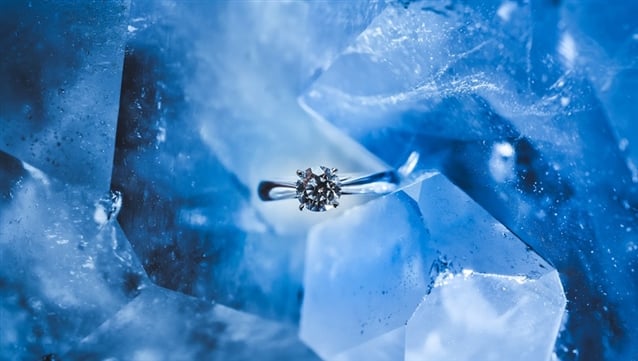
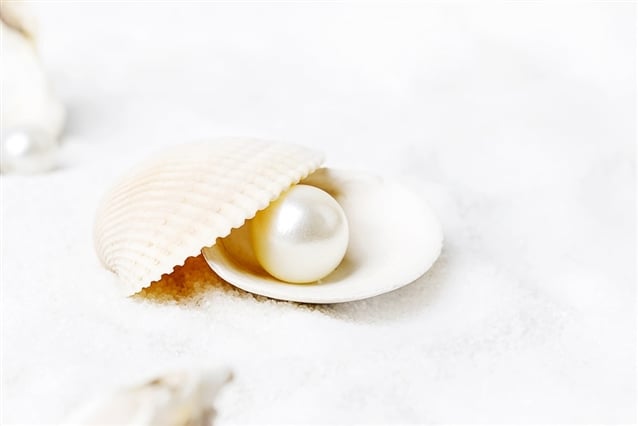 10 Interesting Facts about Pearls
10 Interesting Facts about Pearls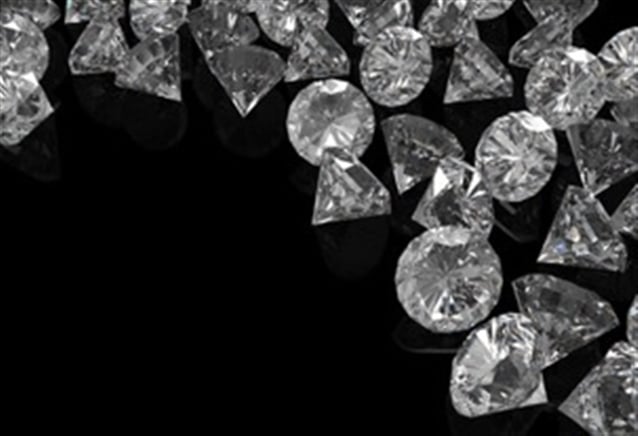 5 Facts about Diamonds
5 Facts about Diamonds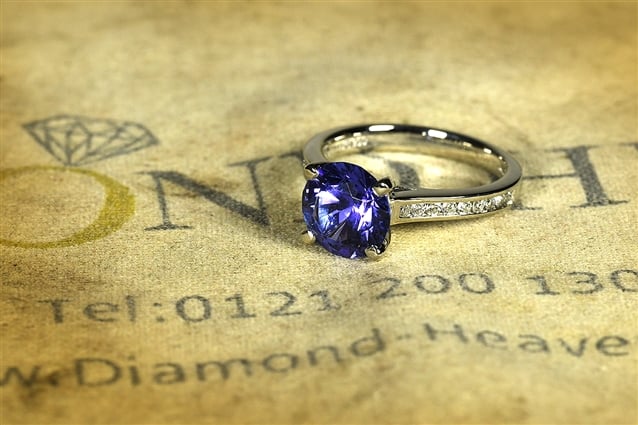 How to Clean Your Diamond Jewellery
How to Clean Your Diamond Jewellery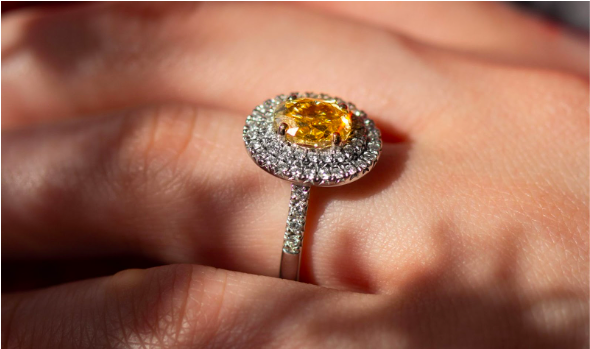 How to Choose the Perfect Yellow Diamond
How to Choose the Perfect Yellow Diamond